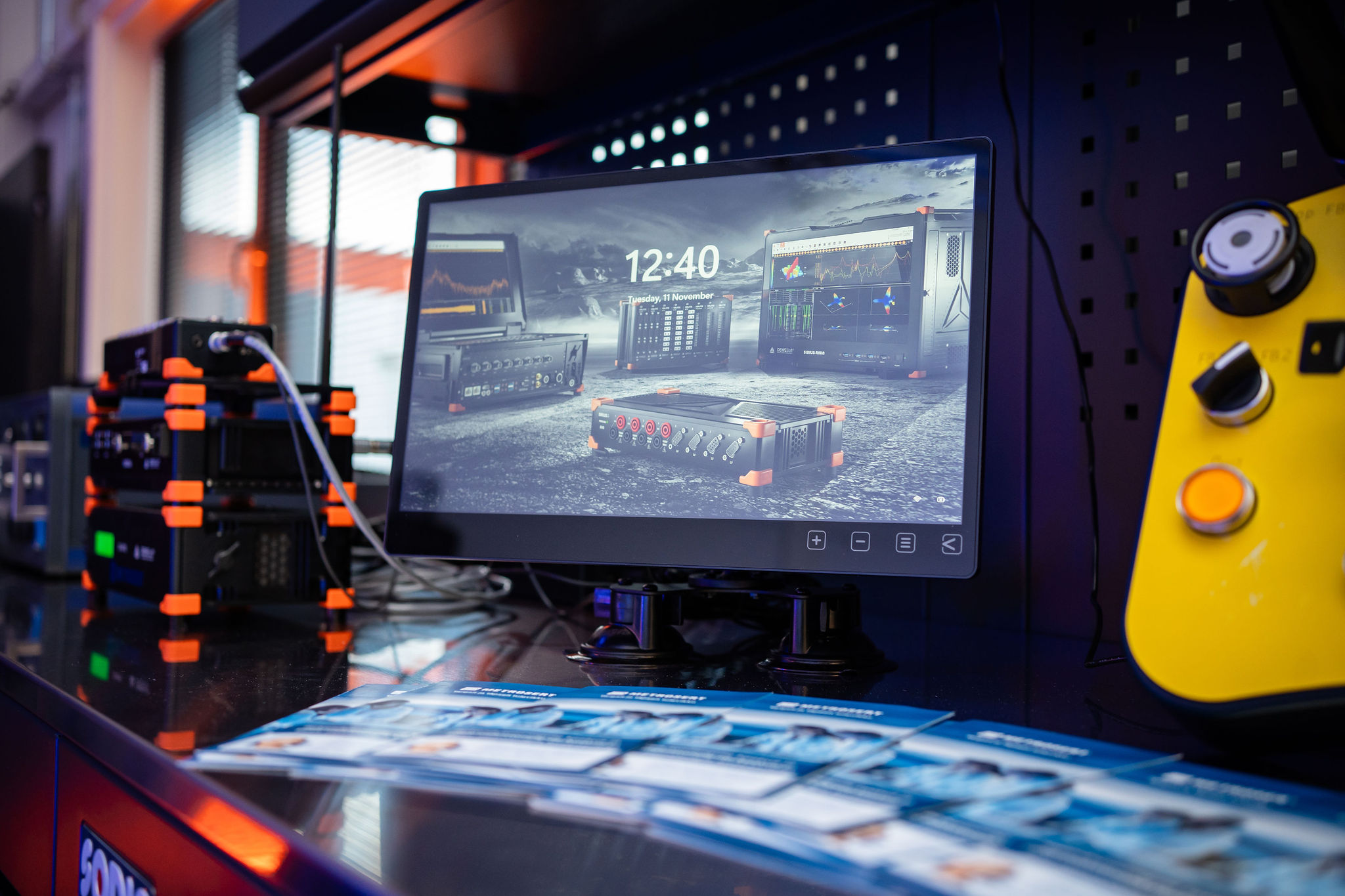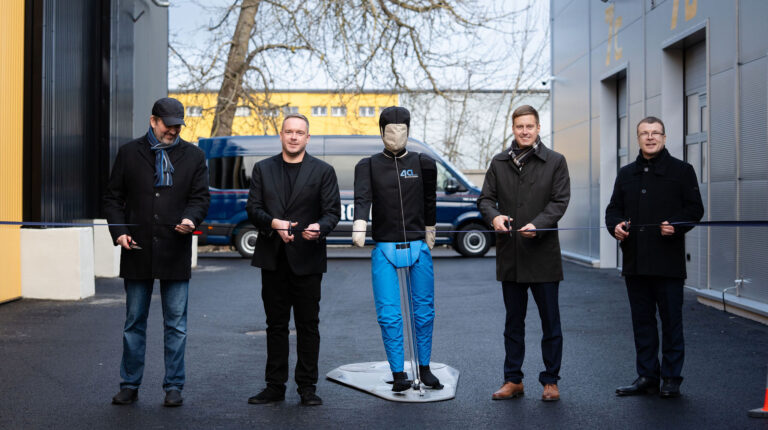A mobile autonomous vehicle test lab has been set up in Estonia by the Applied Research Center and the Estonian National Metrology Institute Metrosert at a cost of €900,000 (US$1.035m). Because the facility is mobile, testing can be conducted either where the customer’s development team is situated or at the site where the vehicle will eventually operate. Metrosert says this approach makes testing more flexible and cost-effective than using stationary laboratories.
The lab’s equipment enables precise, repeatable simulations of traffic scenarios, such as the sudden appearance of a pedestrian, cyclist, animal or another vehicle, as well as emergency braking situations. The inventory includes robot carriers from 4activeSystems, which can reach speeds of up to 100km/h and be used with specialized dummies.
“In traditional, stationary testing labs, testing autonomous vehicle technology is usually feasible only for large companies,” said Taaniel Tigas, head of the autonomous vehicle division at Metrosert’s Center for Applied Research. “Metrosert’s goal is to make testing accessible to small and medium-sized developers. This way, the lab supports the export capability of local tech companies and contributes to shaping a safer traffic environment in Estonia.”
Metrosert says international interest in the new laboratory is already high, especially among vehicle and component manufacturers, which view Estonia’s flexible regulations, low bureaucracy and climate as major advantages. The country’s four seasons and continually changing road conditions create a valuable testing environment for driverless vehicles. For vehicles destined for the Northern European market, testing in diverse weather conditions is essential – and Estonia provides a very convenient location for that.
According to Estonia’s minister of economic affairs and industry, Erkki Keldo, the new AV hub is unique not only in Estonia but in Europe as well. “The laboratory gives Estonian technology companies the opportunity to test self-driving vehicles in real-life conditions locally and bring new solutions to market faster. This will also increase the added value of the Estonian economy by helping companies’ development projects reach practical use more quickly.”
Keldo added that the state is also supporting the establishment of other new laboratories within the Applied Research Center.

The measurements performed by Metrosert provide key input for the Estonian Transport Administration when determining whether a vehicle is safe enough to be approved for road use. In Estonia, the Transport Administration is the national type-approval and registration authority, responsible for ensuring that new vehicles meet all relevant requirements before they are allowed on the road. Metrosert’s test laboratory supports this process by enabling more precise safety evaluations and testing a larger number of samples than before. Metrosert has also begun the accreditation process for the lab, aiming to become a designated technical service recognized by the Transport Administration, with test results equivalent to those produced by other European laboratories.
“The deployment of autonomous vehicles as ride-sharing, robotaxi or delivery services is set to expand across Europe in the coming years. A European Union-wide regulatory framework has been established, and implementation practice is being added. With the autonomous vehicle laboratory at Metrosert, we are creating national competence in Estonia to help ensure road safety as self-driving vehicles are integrated into traffic,” explained Tigas.
The newly opened driverless vehicle lab is the first to begin operation under Metrosert’s Applied Research Center – a national platform established to connect scientific knowledge with industry, support strategic innovation and strengthen cooperation between research institutions, businesses and the public sector.
In the March 2025 edition of ATTI, Dr Huw Davies, a senior lecturer in the Centre for Future Transport and Cities at Coventry University, airs his concerns about the industry’s current approach to AV analysis


